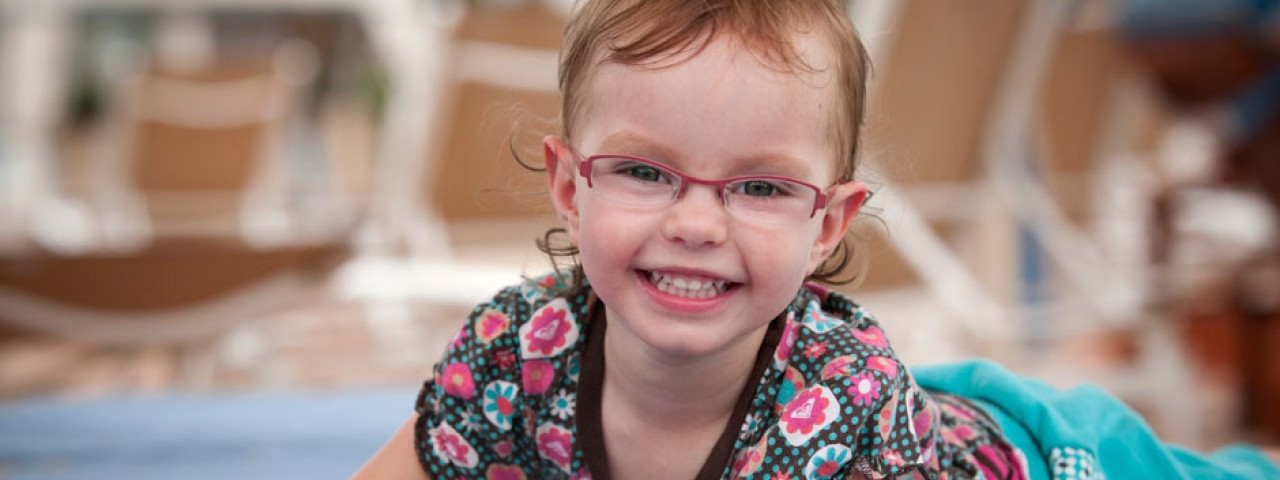Seeing the Importance of Vision Development
- Tweet

According to the U.S. Centers for Disease Control and Prevention (CDC), vision problems are the single most prevalent disabling condition among American children. By the time they reach school, a quarter of American children suffer from a vision problem. This means that almost 12.5 million school-age kids may be unable to see the blackboard. Researchers find that only 10 percent of children between ages 9 and 15 who need glasses actually have them.
Eighty percent of our sensory connection to the world is through our eyes, and the development of vision is an extraordinary example of how early experiences combine with genetics to shape the brain’s developing architecture.
Even when she is born with perfect eyes, what happens during a baby’s first weeks and months of life affects the development of her vision. A baby’s vision develops in response to light, shapes, colors and motion. Without visual stimulation during the first weeks of life – an infant will never fully develop the ability to see, and these early deficits simply cannot be corrected later.
The effects of a child’s vision development are far-reaching. At birth, a child uses her eyes to recognize and identify faces. By three months of age, she can tell the difference between her parents’ happy and angry expressions. Young children learn through their eyes: They watch – and imitate – the people in their lives.
This is why vision problems in early childhood can lead to other brain development issues, and to developmental delays. The good news is that the same activities that enrich social and cognitive development (including interacting with parents, caregivers, and other children) enhance sensory development as well.
Left untreated, vision problems can lead to:
- Cognitive problems. Children develop important mental concepts like object permanence - the understanding that objects continue to exist even when they cannot be seen, heard or touched - by manipulating objects in their environment. Vision problems hinder their ability to engage in that process, thus hindering their cognitive growth.
- Social problems. By learning to identify and respond to other humans' emotions, infants and toddlers begin to develop basic social skills. Children observe facial expressions and body language in order to properly interpret people’s emotional responses. Impaired vision can hinder their ability to participate in processes that are crucial to their social development.
Tips to help Parents Support Healthy Vision Development
- A healthy pregnancy promotes healthy fetal vision development. Pre-natal medical care and healthy choices during pregnancy support healthy development.
- Have your child’s vision examined between 6 months and 12 months of age. Early intervention can help to minimize the developmental damage linked to vision problems. To find a local optometrist who will provide no-cost examinations, call 888-396-EYES.
- Decorate your baby’s room with bright colors. Consider hanging a mobile over her crib to stimulate vision development.
- Move both of your baby’s arms or legs during play to help her use both of her eyes at the same time.
- Make eye-contact with your baby during play and meal-times. Eye contact plays a large role in overall development. When bottle-feeding, alternate the arm in which you cradle your baby so that she learns to use both eyes to make eye contact.
- Provide your baby with the chance to explore objects and her environment. Toys with different textures and colors will stimulate her curiosity and encourage her vision development.
References:Breland, Frances, Glen Steele, Katie Midgley, Doug Imig, 2010. “Promoting Healthy Vision Development: The American Optometric Association’s InfantSee Program.” Memphis, TN: The Urban Child Institute.
